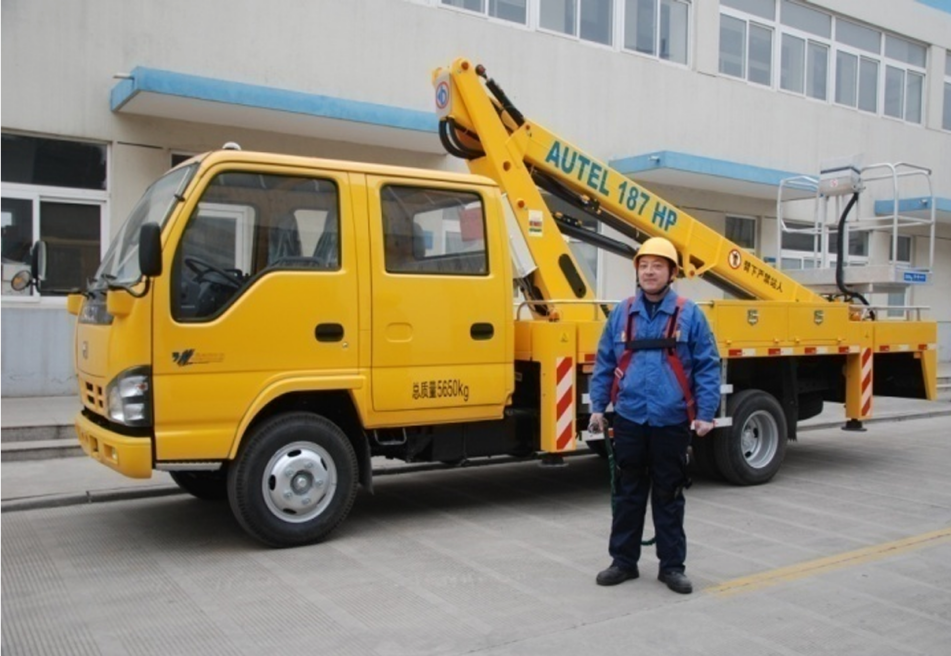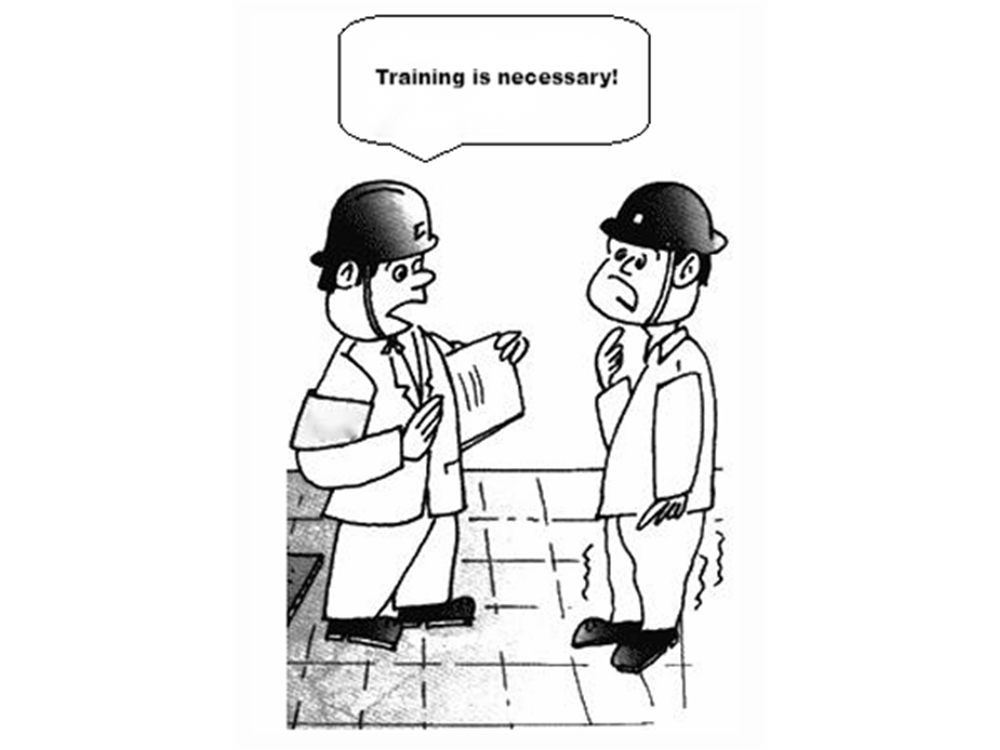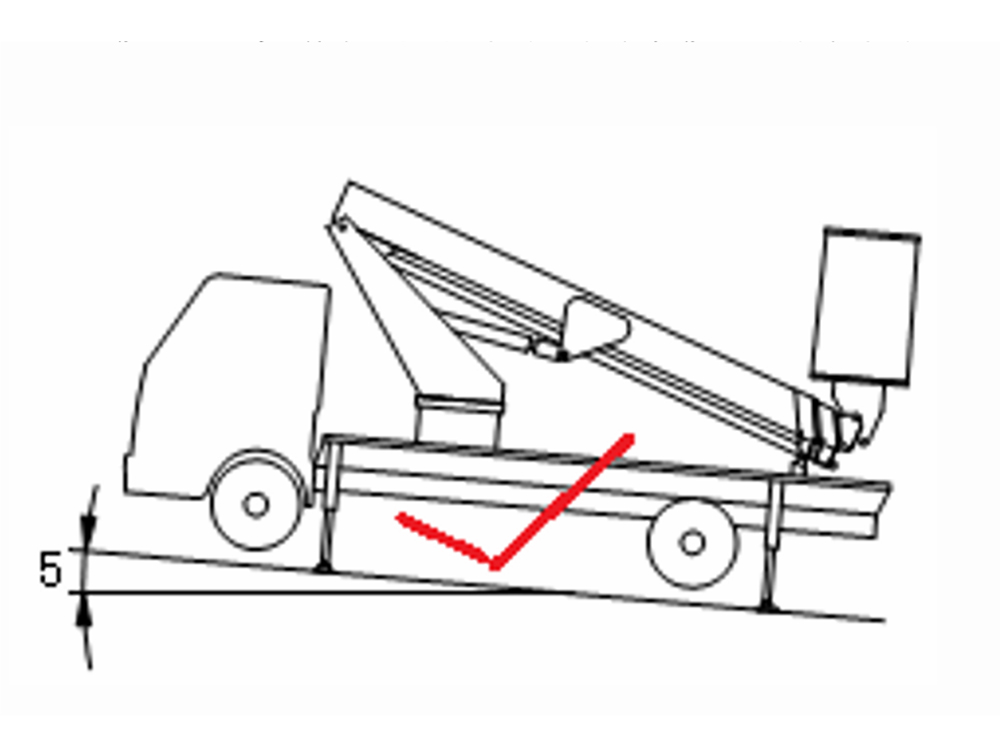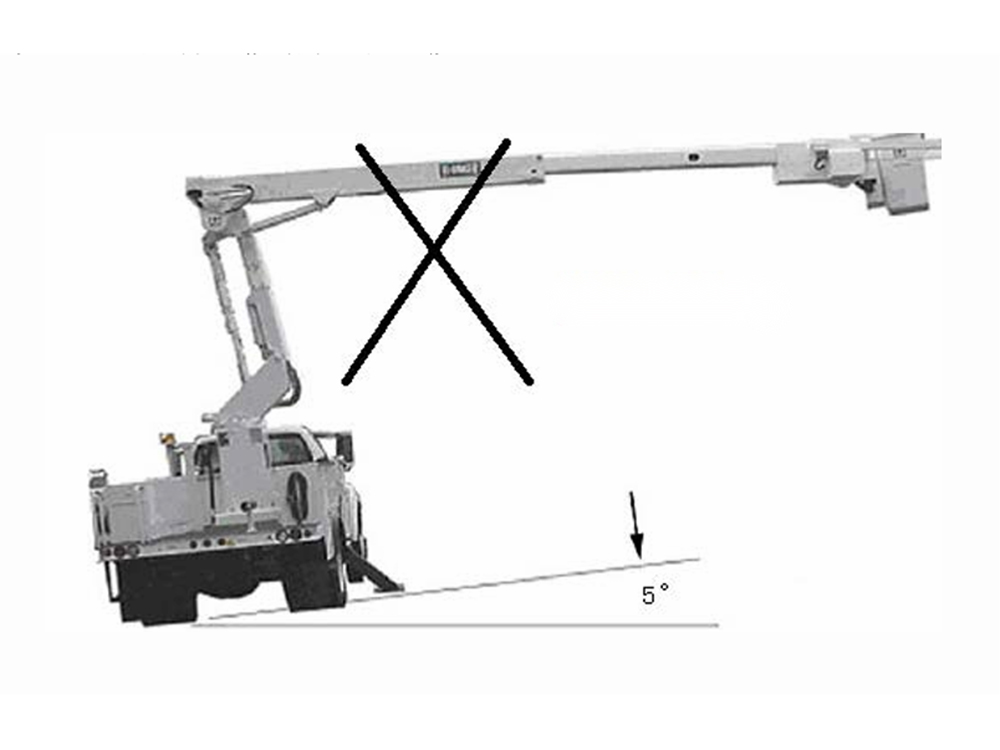EN
Safe and Steady: Preparations of Insulated Bucket Truck Operation
Safe and Steady: Preparations of Insulated Bucket Truck Operation
Oct 10, 2024
Safe and Steady: Preparations of Insulated Bucket Truck Operation
Before operating an insulated bucket truck, it is imperative to assess and meet various operational conditions to ensure safety and efficiency. This assessment encompasses environmental conditions, personnel qualifications, and the condition of the ground where the truck will be stationed.
I.Environmental Conditions

Ground Stability: The work surface must be firm and level to prevent any subsidence during operation. A stable foundation is crucial for maintaining the integrity of the truck's positioning and the safety of personnel.
Temperature: The ambient temperature should range from -25°C to +40°C. Operating outside these limits may affect both the equipment's performance and the safety of the operators.
Wind Speed: Wind speeds must not exceed 12.5 m/s. High winds can destabilize the bucket and create hazardous working conditions, making it essential to monitor weather conditions before and during operation.
Altitude: Operations should occur at altitudes no higher than 1,000 meters. Higher elevations can influence equipment functionality and operator safety due to decreased atmospheric pressure.
Humidity: The relative humidity must not exceed 90% at 25°C. High humidity can impact both equipment and the comfort of personnel, potentially leading to safety risks.
II. Personnel Conditions
Health and Fitness: Operators must be in good physical health and possess sound mental faculties. They should have a clear understanding of the potential hazards associated with the equipment and the operations being performed.
Vision and Hearing: Operators must have good eyesight (with corrective lenses if necessary) and adequate hearing ability. These senses are crucial for safely operating the machinery and responding to environmental cues.
Substance Use: Operators are strictly prohibited from consuming substances that could impair their physical or mental state, including medications, alcohol, and narcotics.
Training and Certification: Operators must undergo systematic, professional training and achieve certification to demonstrate their competence in operating the bucket truck. This training should include familiarity with the control devices and operational guidelines.
Emergency Procedures: Knowledge of emergency operations is essential. Operators must be well-versed in the emergency procedures specific to the equipment to respond effectively in critical situations.
II.Additional Operational Guidelines
Vehicle Positioning: The truck should be parked on a firm and level surface, with a maximum allowable tilt of 5°. The heavier end of the vehicle must face uphill, and the vehicle should align with the slope's direction rather than being positioned sideways.
Roadside Operations: When working on a roadway, the operation vehicle should be parked as close to the edge as possible, ensuring that the distance between the vehicle and the curb is no less than the extended length of the stabilizing legs.
Ground Integrity: The area where the vehicle is stationed must be solid and free from voids or holes that could compromise stability.
Safety Equipment: All personnel involved in the operation must wear appropriate personal protective equipment (PPE) at all times to mitigate the risk of injury.

Recent Posts

October 26, 2016
The Most Successful Engineering Contractor
Oct 09, 2024
Regular Checklist for Aerial Lift Inspections
Sep 02, 2024
Bucket Operation Tips



